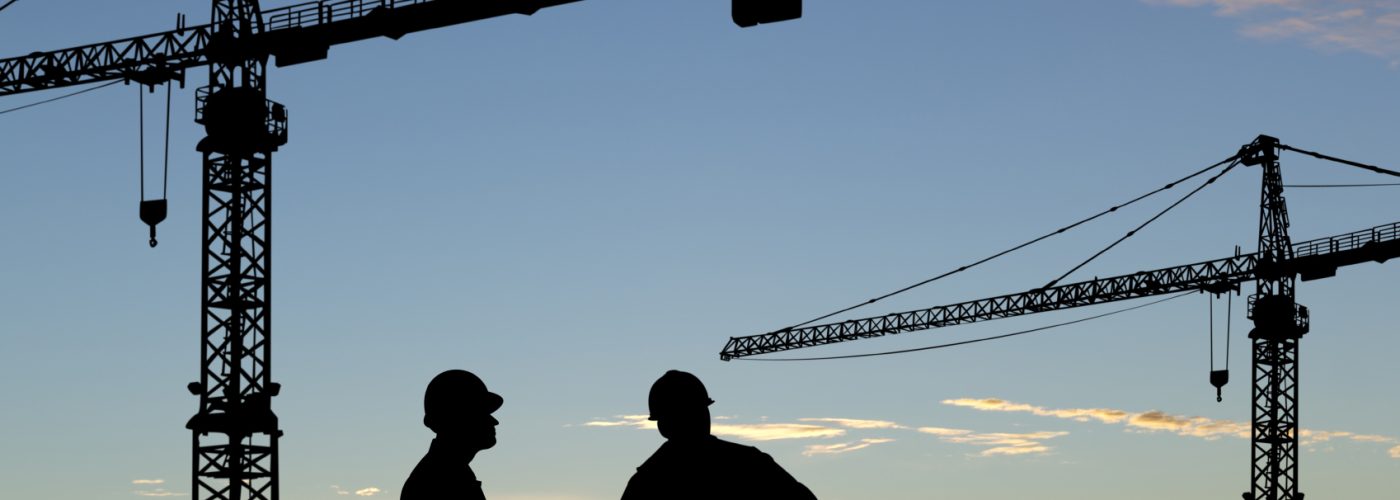A near-doubling in office starts will help to drive a 6 per cent increase in total project starts in 2016, according to new forecasts.
The data from construction intelligence unit Glenigan points to total growth of 6 per cent in the value of starts during 2016 compared with 2015, driven by a 49 per cent increase in office starts.
Offices is expected to be by far the strongest performing sector, its growth rate significantly ahead of second-placed private housing, which is forecast to see starts increase by 11 per cent.
Other areas forecast to see robust growth in 2016 include community & amenity (10 per cent) and health (6 per cent), with the latter recovering from a low base, having contracted by 21 per cent in 2015.
Retail (5 per cent), civil engineering (5 per cent) and hotel & leisure (3 per cent) are expected to record more modest growth in starts during 2016 compared with the previous year.
Only three of the major sectors are forecast to see a fall in project starts during 2016: education (-2 per cent), industrial (-3 per cent) and social housing (-17 per cent).
The industrial sector is nevertheless declining from a high base, with starts having grown 49 per cent in 2014, and a further 10 per cent rise expected in 2015.
However, next year’s predicted fall in social housing represents the third consecutive decline in the sector, following a 1 per cent fall in starts in both 2014 and 2015.
Wales is forecast to see the fastest growth in project starts of any UK region during 2016, with an increase of nearly 30 per cent.
However, this is from a low base, after starts in Wales declined by an estimated 18 per cent during 2015.
Elsewhere, Scotland, the South-west and London are forecast to see significant growth in starts next year, with modest increases expected for the South-east and the North-west.
The East Midlands and the East of England are both expected to see a dip in starts during 2016 compared with a year earlier, owing to a decline in industrial starts.





